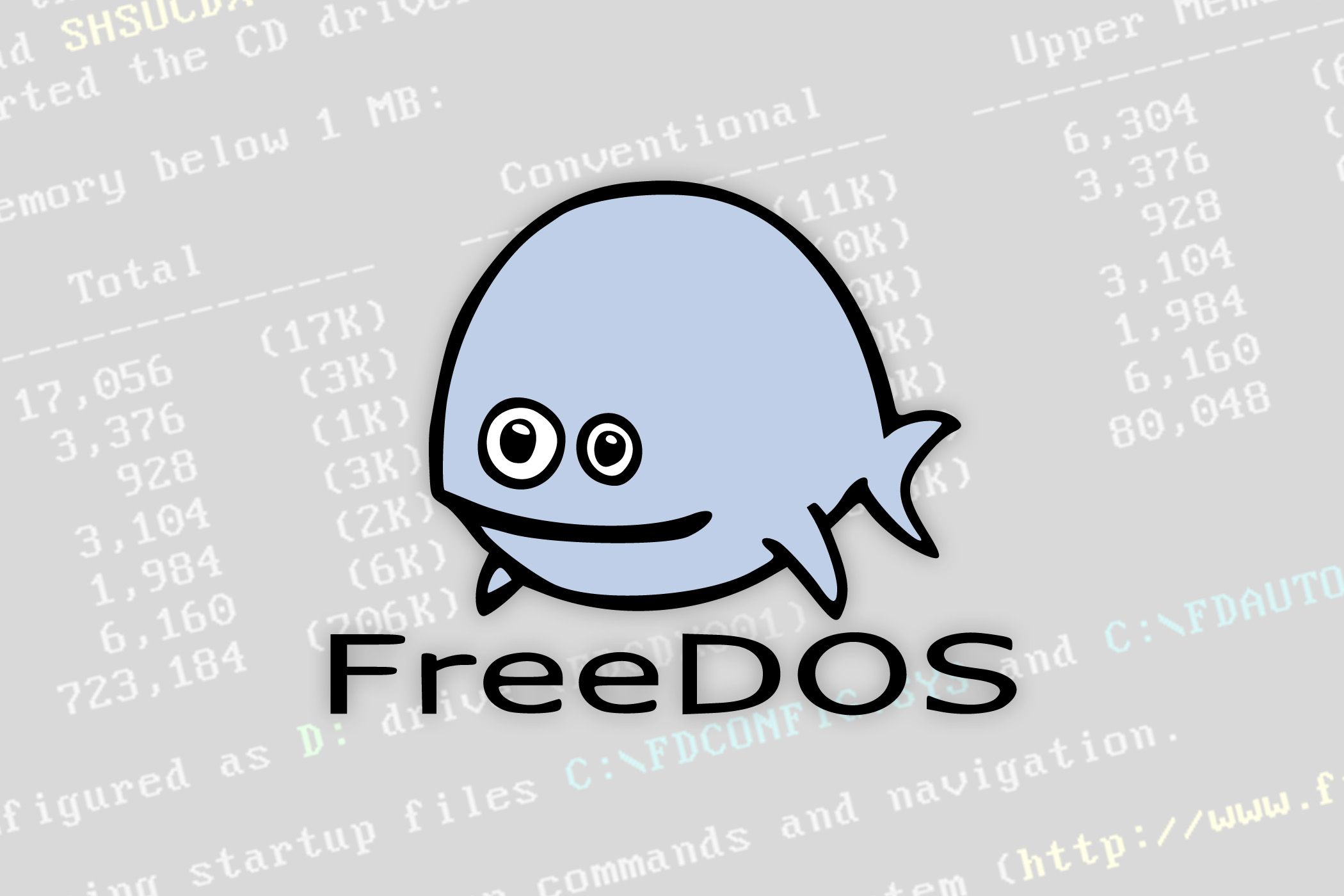FreeDOS is an open-source recreation of MS-DOS, capable of running new and old DOS games and applications on real PCs or emulators. Today, the project is turning 30 years old.
The FreeDOS project dates back to 1994, when Microsoft announced that its disk operating system (MS-DOS) would be phased out, as the company’s attention shifted to Windows. Jim Hall started working on FreeDOS as an open-source recreation and continuation of MS-DOS, with the goal of running all software compatible with MS-DOS. He still oversees the project to this day.
MS-DOS, IBM-DOS, and other DOS derivatives were the most popular operating systems for PCs from the first IBM PC in 1981 to around the mid-1990s. There’s a massive library of games and applications built for DOS, including early versions of Microsoft Word, Fallout, DOOM, The Secret of Monkey Island, SimCity, and Lotus 1-2-3. FreeDOS helps keep those decades of computer history accessible, either by running on real hardware or in an emulator. DOSBox and its spin-off projects are also popular ways to run DOS software on more modern computers.
FreeDOS isn’t just for reliving the past, though. It has some more modern features, like a package manager and a live CD image. There are also ported versions of modern utilities, like Vim and Curl, and there is built-in support for FAT32 file systems. That last feature was never in the public releases of MS-DOS, only the underlying DOS system in Windows 95. If you have the right hardware, you can do networking and use basic web browsers.
The FreeDOS project said on its website, “FreeDOS is an open source DOS-compatible operating system that you can use to play classic DOS games, run legacy business software, or write new DOS programs. Any program that works on MS-DOS should also run on FreeDOS. And yes, lots of people really do run FreeDOS in 2024. There’s a sizable community of retro computing enthusiasts who like to run classic operating systems like DOS. You can find many people online who restore old computers and put FreeDOS on them.”
Microsoft has published the source code for old versions of MS-DOS for historical preservation, but the latest open-source version is still MS-DOS 4.0 from 1988, which can’t run many applications and games from the 1990s and beyond. The code for DR-DOS, a competitor with similar software compatibility initially made by Digital Research, was released in the late 1990s. However, DR-DOS has changed hands a few times over the years, and there could be legal issues using that code today. In stark contrast, FreeDOS was open-source from the start, and is still under active development.
You can download FreeDOS from the official website. It doesn’t run well natively on most modern PCs, since it doesn’t support UEFI or Secure Boot, but you can easily install it in apps like VirtualBox and QEMU.
Source: FreeDOS





![Here’s how the M3 Pro compares to Snapdragon X Elite on battery life [Video]](https://techtelegraph.co.uk/wp-content/uploads/2024/07/m3-pro-vs-snapdragon-218x150.jpg)